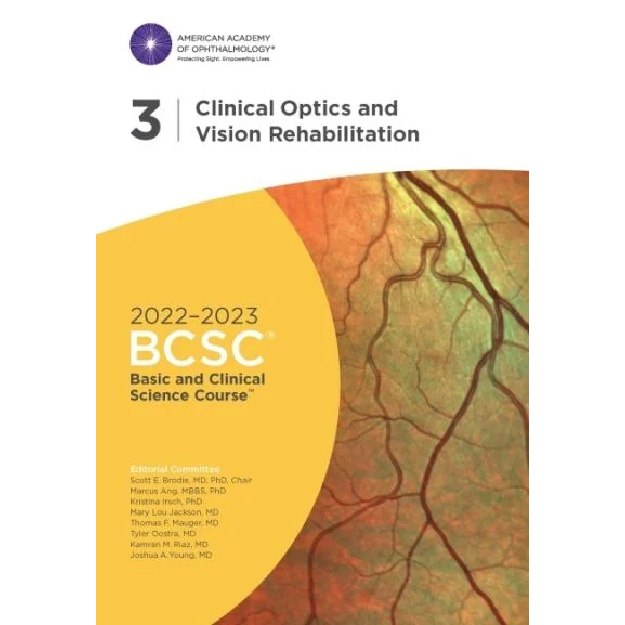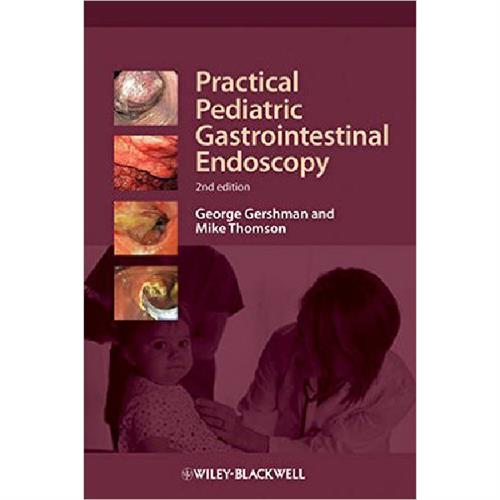Basic and Clinical Science Course2022-2023 - Section 03: Clinical Optics
9781681045436
-
₪1,060.00₪1,179.00
אזל המלאי
פריט זה ניתן על ידי קרדיטים.
לחצו על "הוספה לעגלה" להמשך
לחצו על "הוספה לעגלה" להמשך
אזל המלאי עבור /
-
זמן אספקה ותנאי רכישההערות:
• זמן אספקה: הזמנות בהן כל הספרים זמינים במלאי - זמן אספקה – כ- 5 ימי עסקים (למעט אזורים חריגים בהם ייתכן עיכוב נוסף).
ספרים שאינם זמינים במלאי: זמן אספקה כ- 14 -30 ימי עסקים בהתאם למלאי במחסני המו"ל בחו"ל - הודעה תימסר ללקוח.
• הזמנה במשקל כולל של עד 14 קילו ישלחו ללקוח באמצעות חברת שליחויות עם שליח עד הבית (בישובים מסוימים המסירה תתבצע למרכז חלוקת הדואר המקומי)
• במידה וקיים עיכוב במשלוח ההזמנה או חוסר במלאי הספרים תשלח הודעה ללקוח.
• במידה ויבחר הלקוח עקב עיכוב במשלוח כנ"ל לבטל הזמנתו ויודיע על כך לידע, ידע מתחייבת לזכות החיוב.
• במידה ויתברר כי הספרים אזלו מהמלאי ולא ניתן לספקם - תשלח הודעה ללקוח.
• האיסוף העצמי ממשרדי ידע יבוצע רק לאחר הודעה ללקוח שההזמנה מוכנה לאיסוף.
דמי משלוח:
ניתן לבחור: 1. איסוף עצמי - ללא תשלום
2. משלוח עד הבית
BCSC2022-2023 - Section - 03: Clinical Optics / Scott E. Brodie
2022
The Academy's Basic and Clinical Science Course (TM) is ophthalmology's definitive source of clinical information. Practicing ophthalmologists and residents worldwide use the BCSC (R) to ensure the highest-quality patient care. Each of the 13 volumes includes up-to-date clinical knowledge, concise information, tables, self-assessment questions with answers, photos and illustrations and opportunities for earning AMA PRA Category 1 Credit (TM).
Beginning with the 2013-2014 edition, the Academy and the European Board of Ophthalmology (EBO) have partnered to make the BCSC the standard text for all European ophthalmology training programs. The EBO now recommends the BCSC as the primary educational resource for European trainees and ophthalmologists studying for the annual EBO Diploma Exam.
Section 3 has changed from Clinical Optics to Clinical Optics and Vision Rehabilitation. This section provides a comprehensive overview of clinical optics, including current applications of optical phenomena such as lasers, spectacles, IOLs and refractive surgery. An update to the vision rehabilitation chapter addresses the wide range of vision rehabilitation interventions: smartphone accessibility features and apps, electronic magnification devices, audio devices, and a variety of optical devices.
This major revision begins with an expanded Quick-Start Guide, which now includes an extensive discussion on retinoscopy. The Quick-Start Guide includes seven Try It Yourself! exercises on Hand Neutralization of Spherical and Cylindrical Lenses, Making a Practice Eye, and Detection of Astigmatism.
Increase your understanding of human eye optics; basic concepts of geometric optics; ophthalmic instruments and contact lenses with nine clinical videos. A new animation demonstrates a circularly polarized electromagnetic wave. Plus, a new dynamic illustration allows modification of "live" drawings to experience the effects of changes in the positions of source objects and focal points.
Upon completion of Section 3, readers should be able to:Outline the principles of light propagation and image formation and work through some of the fundamental equations that describe or measure such properties as refraction, reflection, magnification and vergence.
Define the various types of visual perception and function, including visual acuity, brightness sensitivity, colour perception and contrast sensitivity.
Explain the optical principles underlying various modalities of refractive correction: spectacles, contact lenses, intraocular lenses and refractive surgery.
2022
The Academy's Basic and Clinical Science Course (TM) is ophthalmology's definitive source of clinical information. Practicing ophthalmologists and residents worldwide use the BCSC (R) to ensure the highest-quality patient care. Each of the 13 volumes includes up-to-date clinical knowledge, concise information, tables, self-assessment questions with answers, photos and illustrations and opportunities for earning AMA PRA Category 1 Credit (TM).
Beginning with the 2013-2014 edition, the Academy and the European Board of Ophthalmology (EBO) have partnered to make the BCSC the standard text for all European ophthalmology training programs. The EBO now recommends the BCSC as the primary educational resource for European trainees and ophthalmologists studying for the annual EBO Diploma Exam.
Section 3 has changed from Clinical Optics to Clinical Optics and Vision Rehabilitation. This section provides a comprehensive overview of clinical optics, including current applications of optical phenomena such as lasers, spectacles, IOLs and refractive surgery. An update to the vision rehabilitation chapter addresses the wide range of vision rehabilitation interventions: smartphone accessibility features and apps, electronic magnification devices, audio devices, and a variety of optical devices.
This major revision begins with an expanded Quick-Start Guide, which now includes an extensive discussion on retinoscopy. The Quick-Start Guide includes seven Try It Yourself! exercises on Hand Neutralization of Spherical and Cylindrical Lenses, Making a Practice Eye, and Detection of Astigmatism.
Increase your understanding of human eye optics; basic concepts of geometric optics; ophthalmic instruments and contact lenses with nine clinical videos. A new animation demonstrates a circularly polarized electromagnetic wave. Plus, a new dynamic illustration allows modification of "live" drawings to experience the effects of changes in the positions of source objects and focal points.
Upon completion of Section 3, readers should be able to:Outline the principles of light propagation and image formation and work through some of the fundamental equations that describe or measure such properties as refraction, reflection, magnification and vergence.
Define the various types of visual perception and function, including visual acuity, brightness sensitivity, colour perception and contrast sensitivity.
Explain the optical principles underlying various modalities of refractive correction: spectacles, contact lenses, intraocular lenses and refractive surgery.
מוצרים קשורים
-
יח'יח'יח'
תודה על השיתוף
קיבלתם הנחת שיתוף מיוחדת! על מנת להינות מהנחה זו עליכם להוסיף את הפריט לעגלת הקניות בכפתור הוספה לעגלה.
הצטרפו לרשימת המתנה לחזרה למלאי
הצטרפות לרשימת ההמתנה בוצעה בהצלחה.
אנו נשלח אליכם מייל כאשר הפריט יחזור למלאי.






.png)